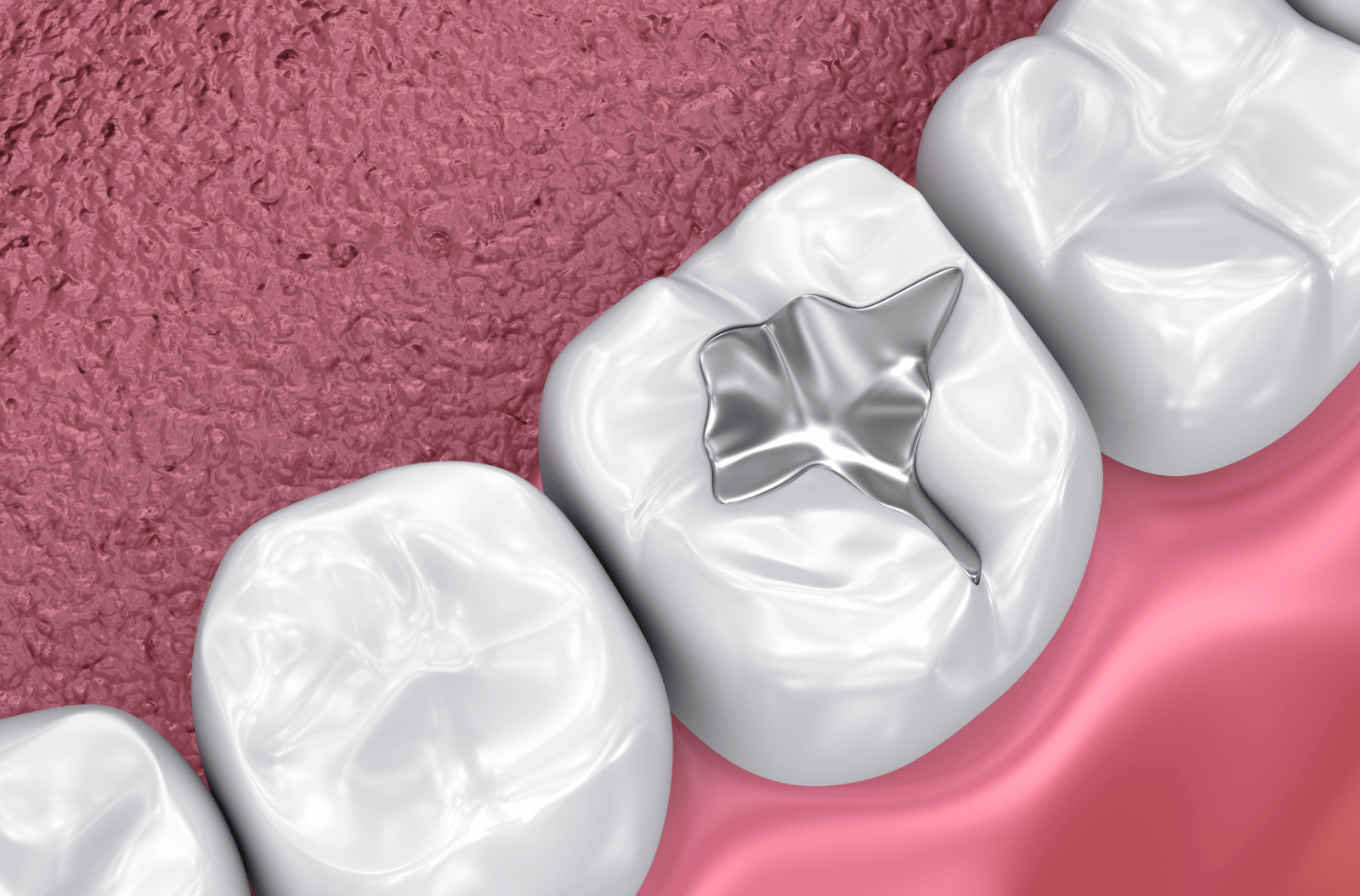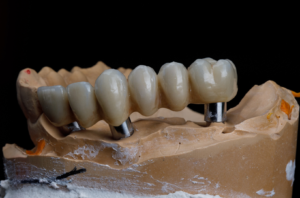Introduction
Discovering that your dental filling or crown has unexpectedly come loose can be a source of worry. However, it’s crucial to respond calmly and effectively to this situation. In this comprehensive guide, we will walk you through the necessary steps to take when faced with a dislodged dental filling or crown, ensuring you maintain optimal oral health.
When your dental filling or crown unexpectedly dislodges, it can be a disconcerting experience. However, it’s essential to remain composed and comprehend the right course of action. In this article, we will explore the various aspects of what to do when your dental filling or crown falls out, ensuring the preservation of your oral health.
Filling Or Crown
To begin, it’s imperative to gain a deep understanding of the situation. A dental filling or crown may come loose or fall out due to various reasons, such as decay, trauma, or simply wear and tear. Therefore, the first step involves a meticulous examination of the affected area to assess the extent of the damage and its underlying causes.
Immediate Actions
When you discover that your filling or crown has dislodged, it’s essential to take immediate action. The first task is to locate the dislodged filling or crown, if possible. Handle it with care to prevent any further damage. In some instances, you might accidentally swallow it, which is generally harmless but should still be reported to your dentist for evaluation.
Keeping it Clean
Maintaining cleanliness is paramount. If the filling or crown is dirty, gently rinse it with warm water. It’s important to refrain from using any chemicals or soap, as they may harm the restoration.
Avoiding Delay
Delay is not your ally when dealing with a dislodged filling or crown. It’s imperative to contact your dentist promptly to schedule an appointment. Dental restorations that have fallen out require immediate attention to prevent further damage to the affected tooth.
Temporary Measures
While waiting for your dental appointment, you can take some temporary measures to alleviate discomfort and prevent complications. One option is to obtain dental wax, readily available at pharmacies. Dental wax can be applied to cover the exposed area, providing relief and preventing food particles from becoming lodged.
Over-the-Counter Pain Relief
If you experience any pain or discomfort, you can consider taking over-the-counter pain relievers such as ibuprofen, following the directions on the label. It’s essential to avoid placing aspirin directly on the affected area, as this may lead to tissue irritation.
Professional Treatment
During your dental appointment, your dentist will thoroughly assess the situation. Based on their evaluation, they will recommend the appropriate treatment. This may involve re-cementing the crown or refilling the tooth, depending on the extent of the damage.
Potential Root Canal
In certain cases where there is extensive damage to the tooth, a root canal procedure may be necessary to save the tooth before a new crown can be placed.
Prevention
Preventing future incidents is a crucial consideration. To address this, engage in a discussion with your dentist about the underlying causes of the filling or crown dislodging. Together, you can formulate strategies to prevent such occurrences in the future. Proper oral hygiene practices and regular dental check-ups are essential components of this preventive approach.
Conclusion
Experiencing the loss of a filling or crown can be disconcerting, but with the right actions and a clear understanding of the process, you can minimize discomfort and prevent further damage. Always remember to stay composed, maintain cleanliness, and seek prompt dental care. Your dentist is your partner in ensuring your dental health is restored.
FAQs
Can I glue my crown or filling back on by myself?
It is not recommended to attempt reattachment of a crown or filling on your own. DIY fixes can lead to complications. Always seek professional dental care for such issues.
How long can I wait before seeing a dentist?
It’s best to see a dentist as soon as possible, ideally within a day or two of the dislodgement. Delaying treatment can result in further damage to your tooth.
Will it hurt when my crown or filling falls out?
You may experience some discomfort or sensitivity, but it should not be overly painful. If you do experience severe pain, contact your dentist immediately.
What can I eat after my crown or filling falls out?
It’s advisable to stick to soft foods and avoid chewing on the affected side of your mouth. This precaution will help prevent further damage until you can see your dentist.
How can I prevent fillings and crowns from falling out in the future?
Maintaining excellent oral hygiene practices, including regular brushing and flossing, coupled with attending routine dental check-ups, are essential steps in preventing future incidents of filling or crown dislodgement.








